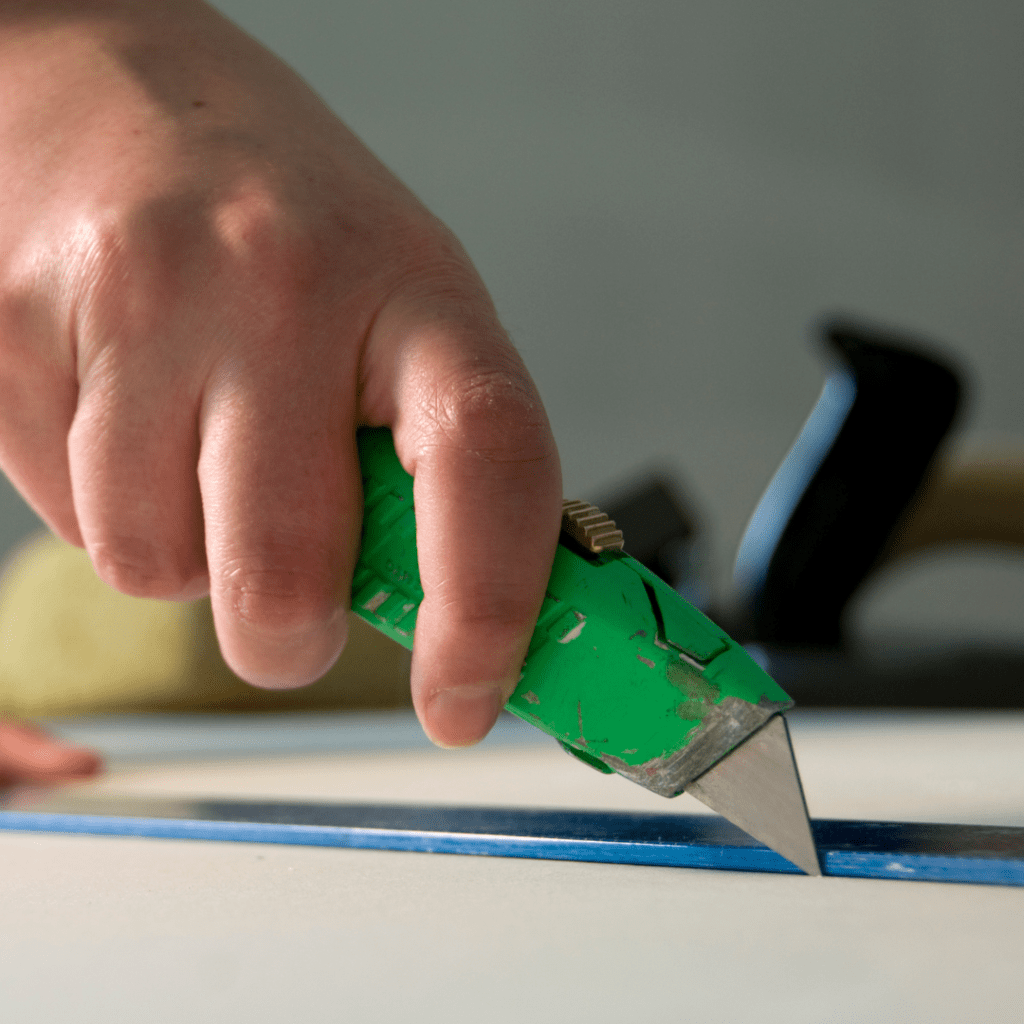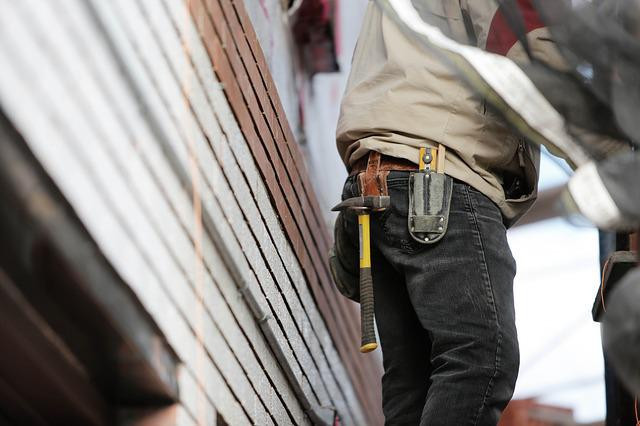How To Cut Sheetrock 101
Sheetrock installation is a crucial part of many construction and renovation projects. Knowing how to cut sheetrock properly is a fundamental skill that can make or break the outcome of your endeavor. In this comprehensive guide, we’ll walk you through the process of cutting sheetrock, offering valuable insights for various scenarios, including basic cuts, precise cuts around recessed lighting, and even around electrical boxes. Let’s dive in and discover the secrets to becoming a sheetrock cutting pro.
Basic Sheetrock Cutting 101
For standard sheetrock installation, you’ll require just a few essential tools: a T-square and a sheetrock knife. Here’s a step-by-step guide on how to make clean and precise cuts:
Step 1: Measure and Mark
Begin by measuring the length you need and mark the sheetrock with a pencil. Ensure straight lines by using a T-square as your guide.
Step 2: Score the Paper Face
Place the T-square along the marked line and firmly press it against the sheetrock. Use your sheetrock knife to score the paper face along the T-square’s edge. Apply enough pressure to cut through the paper and slightly into the gypsum core.

Step 3: Snap the Sheetrock
After scoring, gently bend the sheetrock along the scored line. Sheetrock is designed to snap easily along the scored area, resulting in a clean and precise break. Hold the sheetrock securely on each side of the scored line and apply gentle pressure to snap it.
Step 4: Smooth the Edges
After snapping the sheetrock, you may find some rough edges. Use your sheetrock knife or a drywall rasp to trim and smooth any uneven edges for a professional finish.
How To Cut A Circle In Sheetrock
Creating precise cuts around recessed lighting fixtures is crucial for a polished look. You can use either an oscillating tool or a drywall cut out tool for these intricate cuts. For these type of cuts, I highly recommend a drywall cut-out tool with a guide point bit.
What Is A Guide Point Bit?
Guide-point bits are specifically designed not to chew through electrical boxes or wood, making them a safe and reliable choice for this task. They are designed with a smooth-tip to prevent cutting through other objects.

With the right tools in hand, you can ensure that your sheetrock fits seamlessly around recessed lighting fixtures, leaving you with a clean and professional finish that enhances the overall aesthetics of your project.
How To Cut Drywall Around Outlets
Cutting sheetrock around electrical boxes is another common challenge. The best way to ensure straight cuts for electrical boxes is by using an oscillating multi tool.
PS: If you hate measuring, there’s magnetic box locators to help you easily find, mark, and make your sheetrock outlet cuts!
Measure the dimensions of the electrical box and mark them on the sheetrock.
- Create a Starting Point: Use a pencil or a small nail to mark the center of the electrical box on the sheetrock.
- Choose the Blade: Select a flush-cutting blade for your oscillating tool. These blades are designed to make precise cuts without damaging wires or the box.
- Make the Cut: Insert the blade into the sheetrock at the starting point and carefully follow the marked lines. Be cautious around the wires and the electrical box, ensuring not to cut too deep. The oscillating tool’s precision makes this task manageable.
Conclusion
In conclusion, mastering the art of sheetrock installation and cutting is a fundamental skill that can greatly influence the success of your construction or renovation project. This comprehensive guide has taken you through various scenarios, from basic cuts using a T-square and sheetrock knife to precise cuts around recessed lighting and electrical boxes. Each technique is designed to help you achieve a professional finish and ensure that your sheetrock fits seamlessly into your project.
When it comes to creating precise cuts around recessed lighting fixtures, the recommendation is to use a drywall cut-out tool with a guide point bit. This specialized tool not only guarantees accuracy but also ensures the safety of electrical boxes and wood elements in your sheetrock.
For cutting sheetrock around electrical boxes, the oscillating multi-tool remains the top choice. Its precision and ease of use allow you to navigate around wires and electrical boxes while maintaining straight and clean cuts.
By following the techniques and utilizing the recommended tools outlined in this guide, you can confidently tackle sheetrock installation, knowing that your cuts will be precise, your finish professional, and your project a testament to your expertise in sheetrock cutting. Whether you’re a DIY enthusiast or a professional contractor, these skills will serve you well in your construction and renovation endeavors.
Whether you’re making basic cuts for sheetrock installation, precise cuts around recessed lighting, or intricate cuts around electrical boxes, this guide has provided you with valuable insights to ensure your project’s success. Remember to measure accurately, use the right tools, and prioritize safety by wearing appropriate protective gear. With practice and patience, you’ll become a sheetrock cutting pro in no time, achieving professional results in your construction and renovation endeavors.


